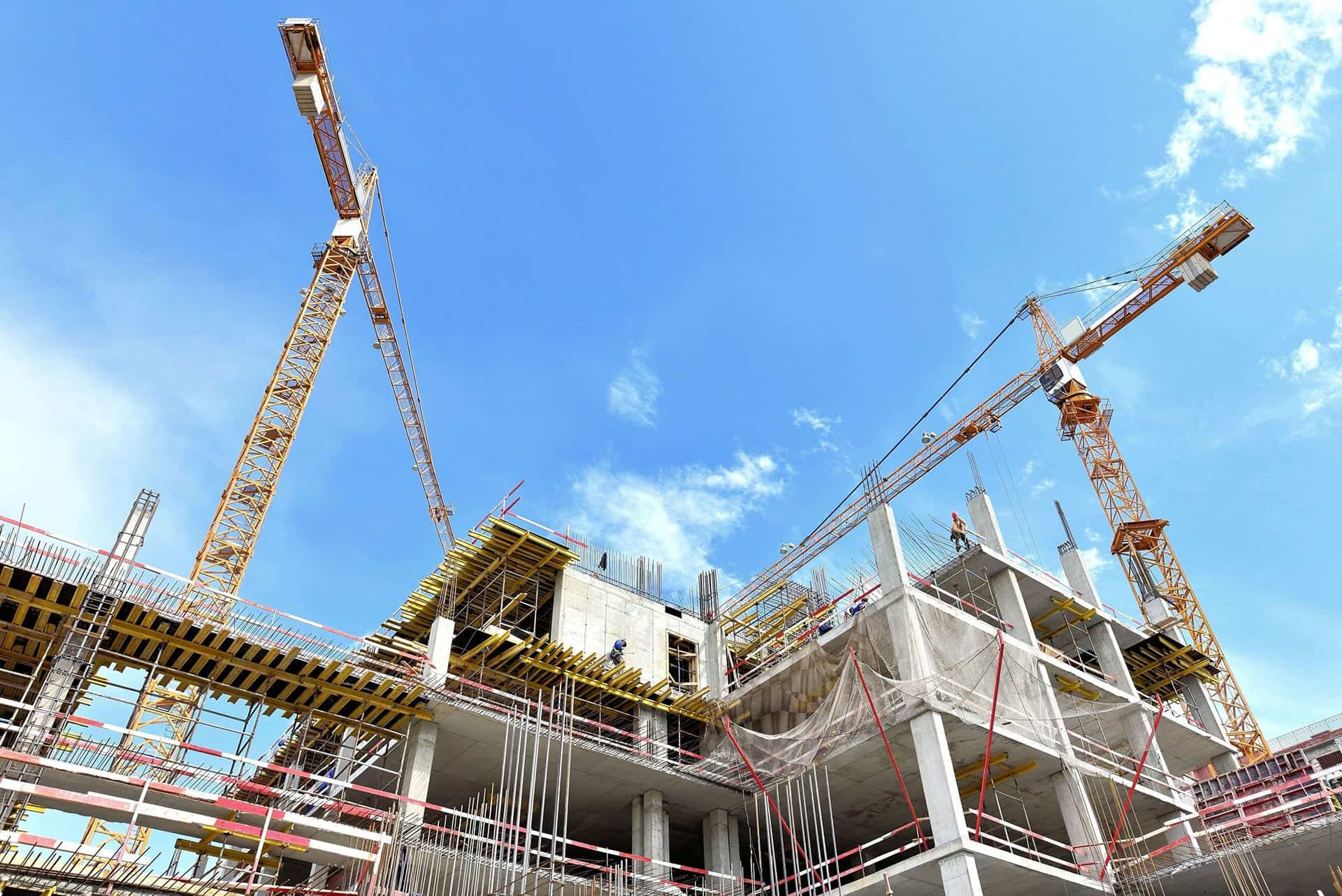3 Essential Phases of Commercial Construction

Commercial construction requires meticulous planning and execution by knowing what to do at each phase.
This includes understanding when you need to create the project’s budget, hire a construction manager, and make changes to the plan without messing up the whole design.
We explore the three essential phases of commercial construction and why you need to work with experts.
1. Development and Planning Phase
This phase requires you to lay the groundwork by ensuring you have land to build on that is in the perfect spot to attract more clients.
But before you can purchase or lease land for commercial construction, you need to carry out the site evaluation.
Site evaluation involves going through all the local building regulations in place.
For example, you cannot build a manufacturing company in an area that has strict noise regulations or is designated for quiet activities because of zoning regulations and local ordinances.
Then, estimate the project costs by evaluating all factors like labour, materials, equipment, and furnishing, and add in some extra funds for miscellaneous expenses.
Remember, the goal of this phase is to determine the financial feasibility of the project aligns with your budget and you have the required permits and approvals from relevant authorities.
So, the decisions you make here ensure you do not mess up the whole construction process as it may cause a lot of inconveniences and delays before you can finally open it up for business.
2. Design Phase
The design phase is when you hire a team, such as an architect and interior designer, to bring your construction dream to life.
While the architect creates the overall design, the interior designer visualizes your desired aesthetics in a mood board. You must also choose the materials, equipment, and other items your building will require all while staying within your project’s budget.
Once the design team finalizes the proposal they present it to all the parties involved.
Here interested parties present any changes and the design team implements them to come up with the final draft.
However, due to the design not fitting the proposed budget or functionality, this phase may take longer until all the parties involved are in agreement on which features to prioritize.
Then, after you have all agreed on the design, the next phase—construction, commences.
3. Construction and Close-Out Phase
The construction phase is where the hard manual work begins.
You need to hire a contractor who will do the following tasks:
- Prepare the site, and remove any obstacles as you level the land.
- Establish water, electricity, and other infrastructure connections are properly marked so that you know exactly where to connect them when you need them.
- Make all the necessary purchases for construction like raw materials, roofing, and structural framing.
- Bring the project to life by laying the foundation, and the building commences.
- Hire other experts for installing mechanical, electrical, and plumbing systems.
- Ensure they do all the exterior and interior finishes as per the design created in phase two.
- Ensure that the interior designers have access to the building so that it is ready for you during the close-out phase.
And in the close-out phase, the building should be sparkling clean, looking pristine and in compliance with all the local building codes and regulations.
Work with Professionals For Your Commercial Construction
According to a study published in the Journal of Construction Engineering and Management, using expert advice in your construction projects improves quality.
Therefore, you need to let the professionals help you because it can be exhausting to follow through with all three phases of commercial construction.
Also, the duration of each phase can even be longer as shown in the table below.
| Phase | Duration |
| Development | 1-3 months |
| Planning | 2-6 months |
| Design | 2-8 months |
| Construction | 6-24 months |
| Close-Out | 1-3 months |
Additionally, the duration depends on various factors:
- Financing
- Land acquisition
- Design complexity
- Regulatory requirements
- Project size
- Site conditions
- Weather
- Labour availability
- Inspections
Not forgetting that each commercial construction phase has its ups and down, and working on large spaces for multiple users can be nerve-racking.
So, enlisting the assistance of professionals such as PRD Construction, who have a vast experience in commercial construction, can be a lifesaver.
Moreover, we have experts on board our team that excel in design, contractors and project management.
We also understand how to use strategic forecasting, which is extremely useful in mitigating future risks and ensuring that your project stays on track and within budget.
Contact us today to book an appointment and make your commercial construction project a seamless and hassle-free experience.